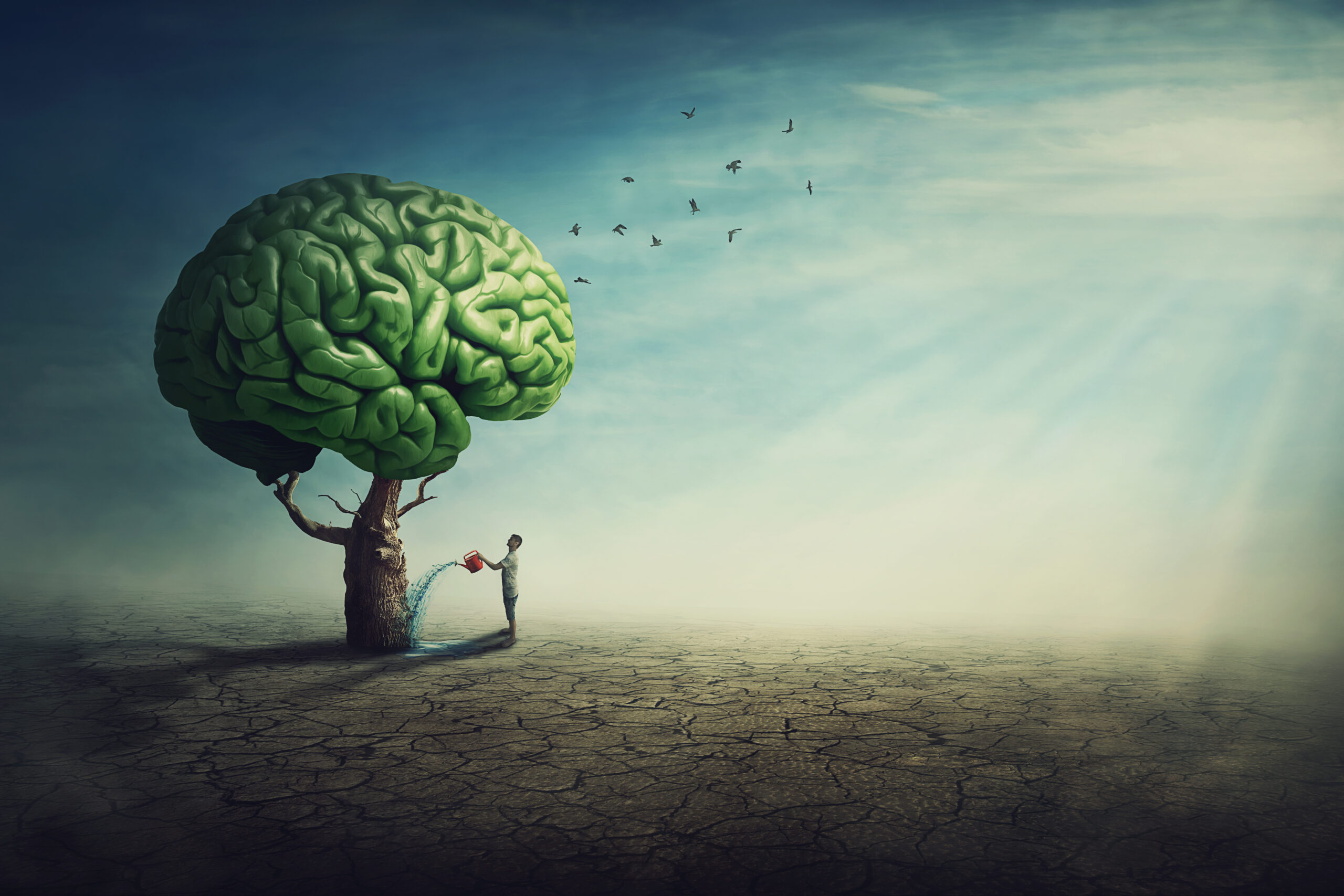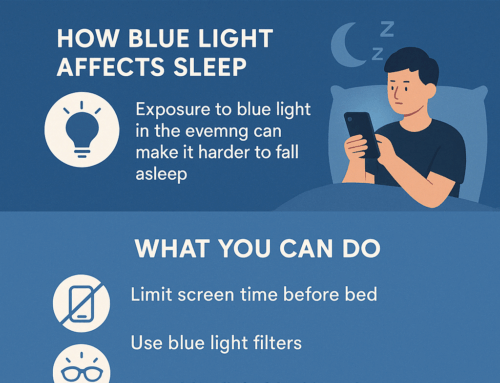Mental health therapy has evolved significantly, offering diverse approaches to individual needs. Understanding the different forms of mental health therapy can help one make informed decisions about mental health care. Here’s a basic overview of some of the most prominent forms of mental health therapy.
- Cognitive Behavioral Therapy (CBT)
Overview: CBT is a widely used, evidence-based approach that identifies and changes negative thought patterns and behaviors. It operates on the principle that our thoughts, feelings, and behaviors are interconnected, and altering one can affect the others. According to the American Psychological Association, CBT focuses on the relationship among thoughts, feelings, and behaviors, targets current problems and symptoms, and focuses on changing patterns of behaviors, thoughts, and feelings that lead to difficulties in functioning. (https://www.apa.org/ptsd-guideline/treatments/cognitive-behavioral-therapy)
Applications: It is effective for treating anxiety, depression, PTSD, eating disorders, and many other mental health disorders.
Techniques: Techniques include
- Cognitive restructuring – deconstructing unhelpful thoughts and helping to rebuild them more balanced and accurate.
- Exposure therapy – This is a therapy that allows individuals to face their fears by exposing them to situations that cause fear and or anxiety.
- Skills training – Focuses on teaching individuals the skills necessary to deal with life’s obstacles.
- Dialectical Behavior Therapy (DBT)
Overview: DBT is a specialized form of CBT designed initially to treat borderline personality disorder but is now used for various mental health issues. It emphasizes balancing acceptance and change.
Applications: It is particularly effective for individuals with chronic suicidal ideation, self-harm behaviors, and severe emotional dysregulation.
Techniques: DBT includes:
- Individual therapy – One-on-one counseling
- Skills training – described above
- Phone coaching – involves therapy sessions over the phone in between in-person counseling.
- Therapist consultation teams – A consultation team is a group of DBT providers who work together to help treat the client.
The skills taught are divided into four modules: mindfulness, distress tolerance, emotion regulation, and interpersonal effectiveness.
- Psychodynamic Therapy
Overview: Rooted in Freud’s theories, psychodynamic therapy focuses on understanding the influence of the past on present behavior. It delves into unconscious processes manifesting in a person’s current behavior.
Applications: This therapy is often used for depression, anxiety, and trauma-related disorders.
Techniques include:
- Free association – Therapists ask clients to freely share thoughts, words, feelings, and anything else that comes to mind.
- Dream analysis – According to Good Therapy, “Sigmund Freud viewed dreams as “the royal road” to the unconscious and developed dream analysis, or dream interpretation, as a way of tapping into this unconscious material.”
- Transference analysis – is the psychological term for projecting your feelings, based on past experiences, onto someone else in the present.
- Humanistic Therapy
Overview: Humanistic therapy emphasizes the individual’s inherent potential for self-fulfillment and growth. It is client-centered, focusing on creating a non-judgmental, empathetic, and accepting therapeutic environment.
Applications: It is used for a broad range of mental health issues, including depression, anxiety, and relationship problems.
Techniques include:
- Unconditional positive regard – is the essential acceptance and support of a person regardless of what the person says or does
- Empathetic understanding—This type of therapy focuses on compassionately understanding a client’s needs and experiences and strives to see things from the client’s perspective.
- Active listening – Active listening can be summed up as entailing “not only accurately understanding speaker’s communication but also showing that understanding” and therefore embodies the skills of both the sender and the receiver (Nelson-Jones, 2014) https://positivepsychology.com/active-listening/
- Eye Movement Desensitization and Reprocessing (EMDR)
Overview: EMDR is a structured therapy that encourages the patient to focus briefly on the trauma memory while simultaneously experiencing bilateral stimulation (usually eye movements), which is associated with a reduction in the vividness and emotion associated with the trauma memories. EMDR relies on the Adaptive Information Processing (AIP) model, a theory about how your brain stores memories. EMDR focuses on the understanding that the brain stores traumatic memories differently.
Applications: It is primarily used for PTSD but can also be effective for other anxiety disorders and phobias.
Techniques: The primary technique involves the patient recalling distressing experiences while the therapist directs eye movements with guided instructions.
- Mindfulness-Based Therapies
Overview: These therapies, including Mindfulness-Based Stress Reduction (MBSR) and Mindfulness-Based Cognitive Therapy (MBCT), incorporate mindfulness practices such as meditation and breathing exercises to help individuals become more aware of their thoughts and feelings.
Applications: Effective for stress, anxiety, depression, and chronic pain.
Techniques: Techniques include:
- Mindfulness meditation has been used for thousands of years. It is a way of training one’s mind to achieve a mental state of calm and create positive emotions.
- Body scan exercises—Body scan exercises are a type of mediation that focuses on the physical body by focusing on sensations throughout the body, bringing your attention to the moment.
- Mindful movement—Mindful movement involves moving to help the body overcome stress and strengthen our mind-body connection. It can involve just about any physical activity but is often centered around yoga, Tai Chi, walking, and Qi Gong.
- Interpersonal Therapy (IPT)
Overview: IPT is a time-limited therapy that connects interpersonal relationships and emotional well-being. It aims to improve communication patterns and how people relate to others.
Applications: Commonly used for depression and other mood disorders.
Techniques: Techniques involve
- Role-playing—In role-playing, the therapist acts as another person or situation while the client acts as themselves. The client is encouraged to respond to the problem in a way that challenges negative behaviors or thought patterns.
- Communication analysis – According to InterpersonalPshyotherapy.org, “Communication analysis is used to enhance communication skills and thereby improve interpersonal functioning. In order to dissect in detail the communication between two individuals, the therapist asks for a “movie script” of an exchange between the patient and a significant other, including the setting, content, tone, non-verbal communication, and accompanying emotional experience. The therapist queries the patient about what was intended to be communicated as well as what she thinks was communicated. The therapist may then use coaching or role play to help the patient improve her communication skills.”
- Problem-solving strategies: In IPT, the therapist selects one of four interpersonal problem areas as the focus for treatment. The four IPT problem areas are:
- Role disputes – is chosen if issues between the client and another individual cause the mental health issue
- Role transitions – are chosen if difficulties in coping cause the issue. This can appear in employment, relationships, living standards, etc.
- Grief – deals with the loss of a loved one
- Interpersonal deficits – the therapist chooses interpersonal deficits when no apparent interpersonal deficit can be determined to have caused the mental health issue.
- Family Therapy
Overview: Family therapy treats the family unit as a whole rather than focusing solely on the individual. It examines how familial relationships contribute to individual issues and seeks to improve communication and resolve conflicts within the family.
Applications: It helps address issues like marital problems, parent-child conflicts, and behavioral problems in children and adolescents.
Techniques: Techniques include
- Family systems theory – According to Diana Lang, family systems theory “assumes that a family is understood best by examining the family as one whole system. This one system is a complex, deeply connected changing collection of parts, subsystems, and family members, where each member has a known purpose or function.” https://iastate.pressbooks.pub/parentingfamilydiversity/chapter/the-family-systems-theory/
- Structural family therapy – focuses on the interactions between family members.
- Strategic family therapy is often used with children and adolescents. It believes the family plays the most important role in their development. It focuses on identifying and changing the structural interaction patterns that make up the family environment.
As you can see, the field of mental health therapy is vast and varied, offering numerous pathways for individuals seeking help. Each therapy type has unique strengths and applications, making it essential to consult with a mental health professional to determine the best approach for your needs. Along with different therapy modalities, spirituality can play an integral role in mental health. To learn more about the benefits of spirituality on mental health, visit our blog post.
With the proper support, anyone can embark on a journey toward cognitive well-being and personal growth.
References:
https://www.therapynowsf.com/blog/mastering-life-the-role-of-skills-training-in-cbt
https://www.goodtherapy.org/blog/psychpedia/free-association-in-therapy







Leave A Comment